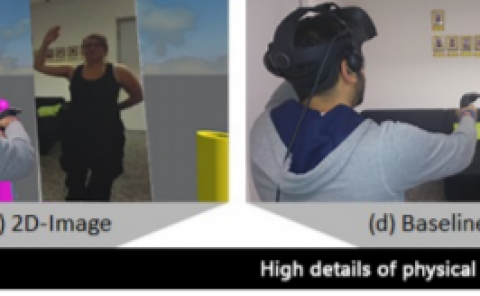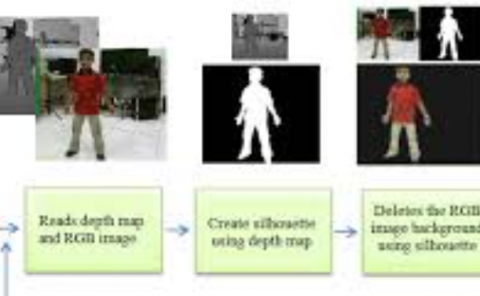Do Head-Mounted Display Stereo Deficiencies Affect 3D Pointing Tasks in AR and VR?
PubDate: August 2019
Teams: Simon Fraser University
Writers: Anil Ufuk Batmaz; Mayra Donaji Barrera Machuca; Duc Minh Pham; Wolfgang Stuerzlinger
PDF: Do Head-Mounted Display Stereo Deficiencies Affect 3D Pointing Tasks in AR and VR?

Abstract
Most AR and VR headsets use stereoscopic displays to show virtual objects in 3D. However, the limitations of current stereo display systems affect depth perception through conflicting depth cues, which then also affect virtual hand interaction in peri-personal space, i.e., within arm’s reach. We performed a Fitts’ law experiment to better understand the impact of stereo display deficiencies of AR and VR headsets on pointing at close-by targets arranged laterally or along the line of sight. According to our results, the movement direction and the corresponding change in target depth affect pointing time and throughput; subjects’ movements towards/away from their head were slower and less accurate than their lateral movements (left/right). However, even though subjects moved faster in AR, we did not observe a significant difference for pointing performance between AR and VR headsets, which means that previously identified differences in depth perception between these platforms seem to have no strong effect on interaction. Our results also help 3D user interface designers understand how changes in target depth affect users’ performance in different movement directions in AR and VR.


